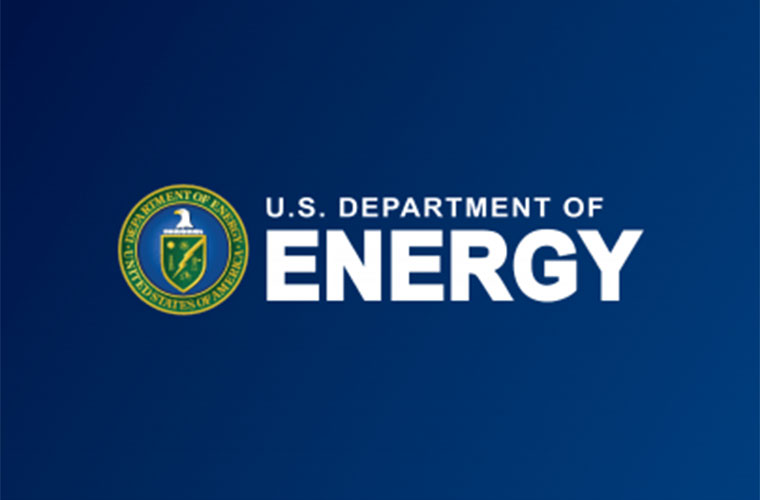The Department of Energy released a 16-page report called “Radiometric Testing of Germicidal UV Products Round 1: UV-C Towers and Whole Room Luminaires”, which shows concerns about manufacturer claims related to the accuracy and efficiency of germicidal lighting.
The report says, “Testing identified numerous issues related to the accuracy of claimed GUV product performance. Claims were often untestable, contradictory, ambiguous, or used incorrect units and/or terminology. When claims were testable, they often did not match test results. For example, three LED products that claimed to emit UV-C emitted only UV-A. Product claim issues were more common among consumer-oriented tower products, but all product types exhibited problems with accurate performance claims.”
Using its CALiPER program, which was launched in 2oo6 to address needs for unbiased performance information about SSL lighting, the department tested 13 products, including seven portable GUV towers, one GUV whole room luminaire, and five troffer or high bay luminaires designed to disinfect entire unoccupied rooms. Manufacturer names and specific products tested were not mentioned in the Department of Energy report.
The report goes on to say, “This study also identified several testing challenges and limitations. Most significant among these is the capability to accurately test and report the performance of larger GUV products. Whereas integrating spheres are used to quickly measure total radiant flux (i.e., output power) and spectral distribution, goniometers are used to measure radiant intensity distribution (from which radiant flux can be calculated). Integrating spheres require a specialized and costly coating to test UV, and the testing laboratory for this round of products had only a 20-inch diameter hemisphere with this capability. The integrating sphere accommodated just 2 of the 10 UV-C emitting products. Goniometer testing had a different size limitation in that mirrors typically used to increase goniometer test distance to the far field reflect little to no UV. As a result, the study evaluated only 6 of 13 products in the far field. Electronic files of UV-C intensity data for the other 7 products, which would typically be imported into design software for designing GUV applications, may not be reliable for predicting irradiance at arbitrary far-field distances (IES 2022a; CIE 2020).4.”
The Department of Energy’s CALiPER study concludes by stating manufacturers and vendors need significant education and training to accurately report the performance of GUV products, and further industry standards and guidelines may be needed to address testing claims.
